Natori River flows from west to east across the middle of Miyagi Prefecture. Natori River, which boasts as a tributary the famously clear Hirose River, sustained massive damage from the enormous tsunami that struck on March 11, 2011 in the Great East Japan Earthquake Disaster.
Ten years have passed since that day, so how is Natori River now? We hear from Associate Professor Kinuko Ito at Tohoku University, a member of the Tohoku Ecosystem-Associated Marine Sciences (TEAMS) research program that assembled seven universities and research institutes to restore Natori River, hand in hand with the local community.
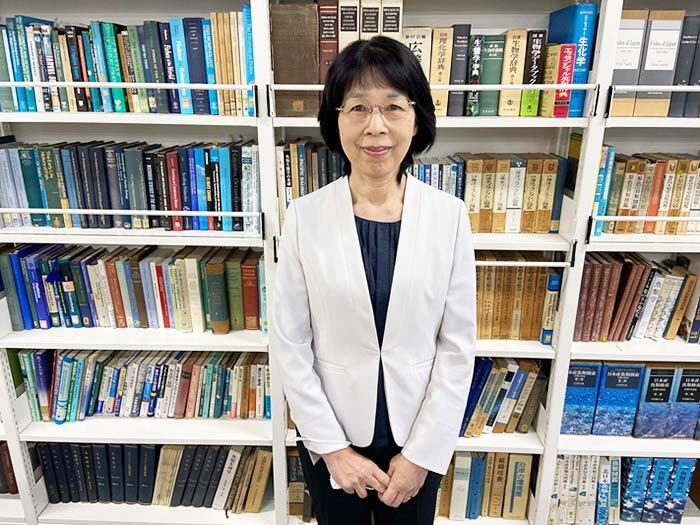
Shock at destruction of a recreational jewel
―Firstly, what makes the Natori River so special?
As a river that divides Sendai from Natori, it is a place of recreation for the residents of both cities. The Hirose River tributary has long been treasured by the community. It was the first location in Japan to be subject to an environmental protection ordinance (Sendai City's "Ordinance to Protect the Hirose-gawa River's Clean Waters" 1974) and has been the subject of a famous pop song of the postwar years.
The river is also full of fish. Its species include ayu, yamame (Japanese salmon) iwana (Japanese char) and sakura-masu (sakura salmon), and it is the running river for a very large number of salmon. Natori River also has a long brackish zone where seawater and freshwater mix that is rich in estuary-loving shellfish species like Japanese basket clams and Japanese littleneck clams (asari), which support a thriving local fishing industry.
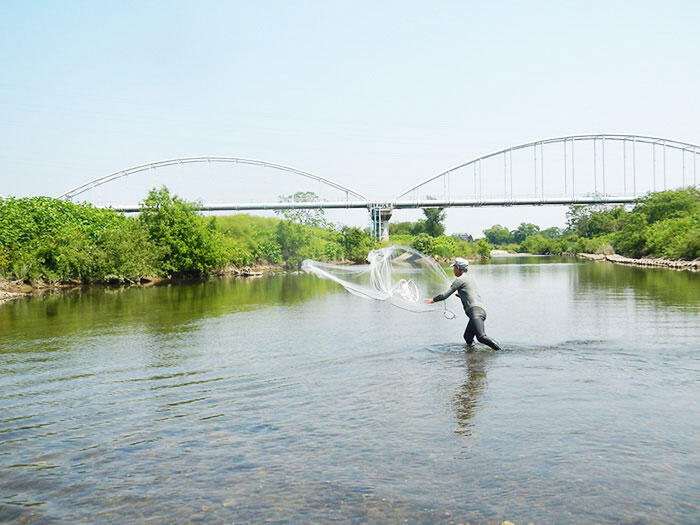
―What was the situation after the disaster?
For about the first five months, the river was completely off-limits. The priority was recovering missing persons. When the ban was lifted and I first set foot in Natori River, I was shocked by the scale of the damage. There were no ayu to catch and the shellfish were all dead. Yet, a little bit of searching revealed some ayu, so that was lucky.

Ayu, which had dangerously declined, came back strongly, while freshwater clams expanded their territory
―What did your survey reveal, and what happened next?
The extent of the disaster impact and ensuing recovery was highly variable depending on the species. Firstly, ayu became very hard to find in the aftermath of the earthquake and tsunami, as noted above.
Ayu is known as a "year fish," in that it lives for around one year. They hatch in the river in autumn, swim straight out to sea for a while, and then begin to run up the river again in spring where they grow. Then, in autumn they spawn, and that is where they end their days. In other words, at the time of the disaster, they were gathering near the river mouth and about to start their run up the river. When the tsunami came, they were severely affected. A harvest survey undertaken with the fishing industry found a severe reduction in the number of ayu swimming upriver.
But there was hope. The ayu spawning season is long, so there were still late-hatching ayu out to sea. Together with the fishing cooperative, we worked to protect this group of ayu.
―What exact measures did you take?
With help from the fishing cooperative, the river environment was improved to make it easier for ayu to spawn. Then, we as researchers carried out an ecological survey to see whether the works had proven effective. The findings were that ayu numbers had recovered very well, confirming that stocks had almost recovered to the pre-disaster level.
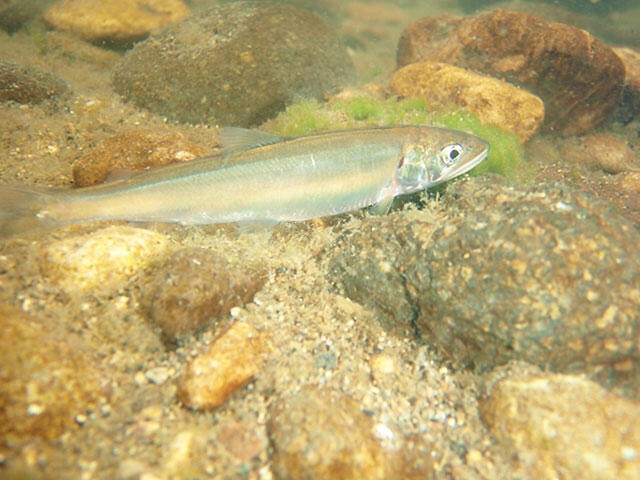
―Then, what happened about the shellfish which died off?
Japanese basket clams and asari are both species that live in estuarine environments and brackish waters, but they have different characteristics and that made a big difference to how they fared. The basket clams, to jump to the end of the story, now have stocks that are double and triple what they were before the disaster. But there have been plenty of changes in the last decade.
Compared to asari, basket clams prefer the less salty waters upstream. In the earthquake, that area saw the riverbed sink, letting in more seawater. As a result, the area near the river mouth became more saline and basket clam stocks dropped. However, seawater now reached a further 1km upstream, so basket clam's range increased.
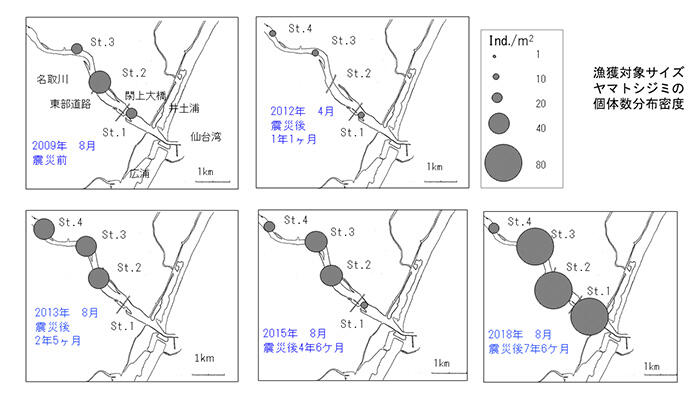
Sand removed to help struggling asari
―So, what about the asari?
While a huge number of dead shellfish appeared in the direct aftermath of the disaster, a study in autumn 2011 found a high density of baby shellfish, so we expected to see a natural recovery. In fact, when we started a survey in June 2013 at the request of the fishing industry, we were able to gather both young and mature shellfish, confirming the healthy recovery.
However, two month later the situation had changed dramatically. Due to a week of heavy rain at the end of July, salinity in the brackish zone declined, meaning the asari habitat was now effectively freshwater. Asari can survive 2-3 days in freshwater, but a week is too long and there was another mass die-off. Due to the lack of female shellfish, the tough situation continues today.
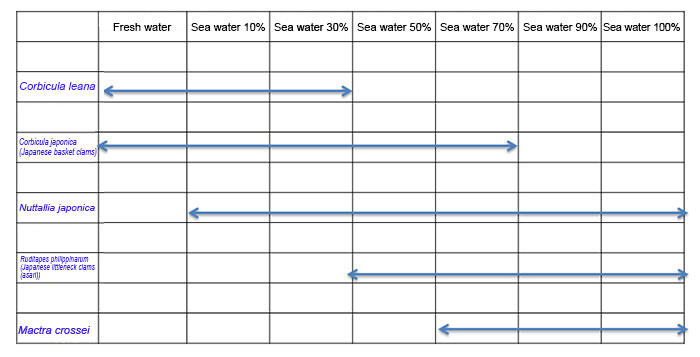
―This was the impact of heavy rain, which seemingly had nothing to do with the disaster.
The tsunami actually broke down the dikes that stabilize the water flow, meaning that sand started to move up into the river from the sea. This expanded the sand banks near the river mouth where the asari live, and the water became shallower. The result was that less seawater entered the river, making the zone more vulnerable to the influx of freshwater from extended rainfall.
In fact, we were hearing from fishermen that sand was entering the river and making the river mouth narrower, so we were worried. Yet the impact far exceeded our expectations.
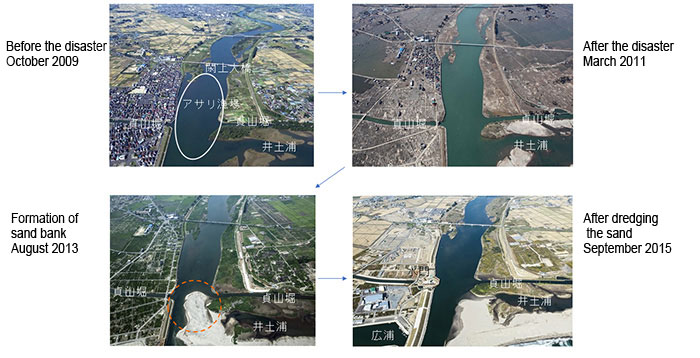
―What action did TEAMS take?
As a result of the TEAMS study, it was clear that sand needed to be removed from the river mouth. At that time, I provided the detailed data and comments to the fishing cooperative. Based on these, the cooperative submitted a request to MLIT and Miyagi Prefecture. Dredging of the sand and rebuilding of the dikes began in June 2015.
As a result of the common issue raised by the fishing cooperative and researchers, and our united front in addressing the authorities, we were able to change the environmental balance that had broken down in the disaster. Their stocks are still low, but the asari are coming back. Testing on the sandbar has confirmed that they are growing, so the population can now recover under its own steam.
Building good relationships with the community
―From your words, it is clear that you have built a very good relationship with the fishermen. Did you make a conscious effort to do this?
Without the help of the fishermen, I would not have been able to complete my studies or research. When I am investigating ayu numbers, I need to borrow a fishing boat and I need a fisherman to throw the net for me. That is why I report the findings of my research, which is done with their help, to the fishermen every year. I also ask them if they have any concerns that I can help with. That is how I have managed to get to a point where they ask me advice about even minor matters.
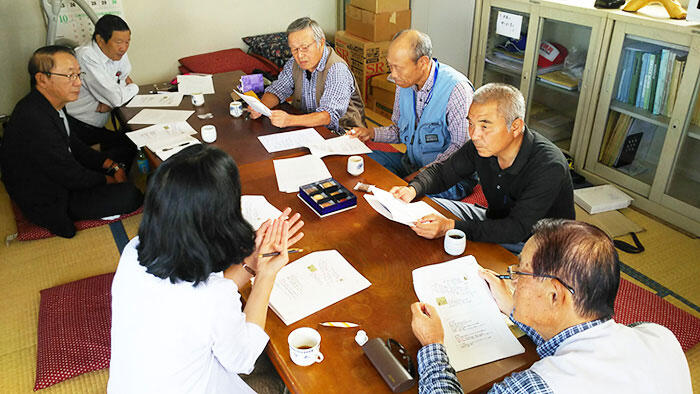
―As you were working with the local community, what was their hope and expectation of scientists?
When the Great East Japan Earthquake disaster hit with unprecedented destruction, people wasted no time in rebuilding their livelihoods. Society does not wait for researchers to obtain definitive proof. Scientists are required to come up with scenarios for reconstruction from a range of perspectives. I undertook this project with a sense of the importance of the extent to which science can meet the demands of society.
Not all problems can be solved by science and technology alone
―Looking back on around 10 years of TEAMS, what are your impressions?
Prior to the disaster, I believed that humans could not live without intervening in nature, but at the same time I felt suspicious about the tendency to prioritize human convenience all the time. Then, the Great East Japan Earthquake disaster struck. I put my hand up and joined TEAMS, to harness the power of science to restore lives and livelihoods in local communities. However, 10 years on, there are still some areas that have not returned to normal, which underlines the fact that science and technology are not all-powerful. Unfortunately, the power of science cannot provide what is needed to support people's livelihoods.
But looking at TEAMS overall, it was clearly a project that condensed the useful knowledge from around the world. It reinforced just how much vitality and fertility there is in nature. Being able to share this knowledge with the fishermen in the industry has been a tremendous result.
The project will finish at the end of this financial year. The question is, how can what we have learned be harnessed in future?
I want children to know that nature has two sides
―Is there anything planned for the future?
My biggest motivation in my research is to utilize science to build a sustainable world. This intention was gradually achieved through the activities of TEAMS. I hope that the knowledge built up through TEAMS and the disaster can be harnessed from multiple angles in other regions, whether it be in disaster prevention, environment or education. The first priority is to convey this experience to the children. Specifically, we need to provide them with materials for learning about ecosystems.
I want children to know that nature has two sides. While we reap the benefits of nature every day, we also have to understand that it can be wild and out of human control. I believe that to live on this Earth, you need to know how nature works. So, have plenty of fun experiences. When I go to the sea or the river to look at fish, I am excited but sometimes scared too. These are the kinds of times when we can get children to think about living in harmony with nature, and the nature of ecosystems.
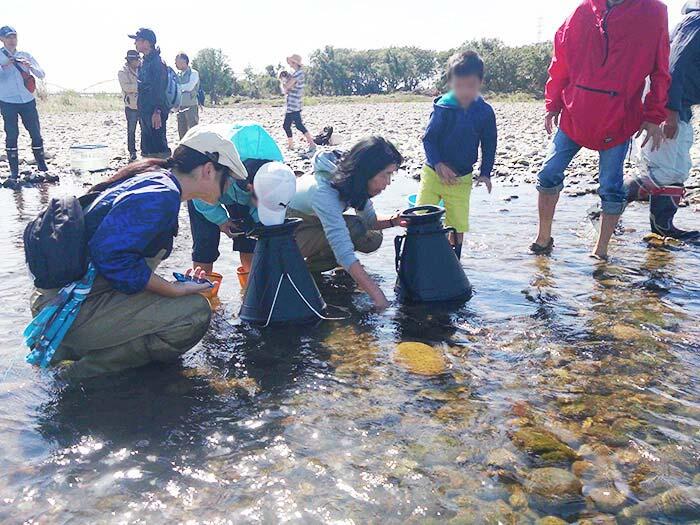
Dr. Kinuko Ito
Associate Professor, Tohoku University Graduate School of Agricultural Science. Doctor of Agriculture.
Born in Miyagi Prefecture in 1955. After completing the first part of her Doctorate of Agriculture at the Tohoku University Graduate School of Agricultural Science, in 1980 she took up a post as a part-time teacher at the Miyagi Prefecture No. 2 Girls High School. Arrived in current post in 2018, following stints as technician and assistant with the Tohoku University Faculty of Agriculture. Investigating the functional links between the production process of living organisms and the environment, Ito researches the principle of balancing the sustainable harvesting of resources and conservation of aquatic environments. She also engages children in environmental education. She has been a member of TEAMS since April 2012.
Original article was provided by the Science Portal and has been translated by Science Japan.




